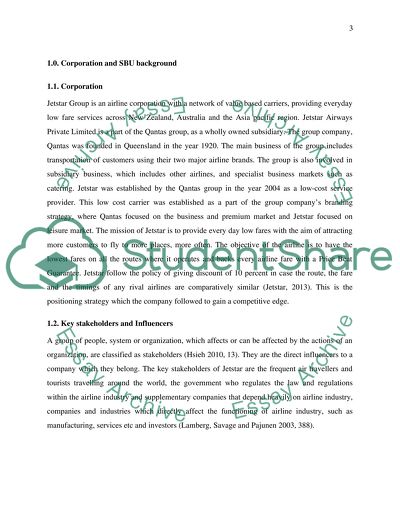Cite this document
(“Strategic Marketing (Jet Star) Assignment Example | Topics and Well Written Essays - 2750 words”, n.d.)
Strategic Marketing (Jet Star) Assignment Example | Topics and Well Written Essays - 2750 words. Retrieved from https://studentshare.org/marketing/1478843-strategic-marketing-jet-star
Strategic Marketing (Jet Star) Assignment Example | Topics and Well Written Essays - 2750 words. Retrieved from https://studentshare.org/marketing/1478843-strategic-marketing-jet-star
(Strategic Marketing (Jet Star) Assignment Example | Topics and Well Written Essays - 2750 Words)
Strategic Marketing (Jet Star) Assignment Example | Topics and Well Written Essays - 2750 Words. https://studentshare.org/marketing/1478843-strategic-marketing-jet-star.
Strategic Marketing (Jet Star) Assignment Example | Topics and Well Written Essays - 2750 Words. https://studentshare.org/marketing/1478843-strategic-marketing-jet-star.
“Strategic Marketing (Jet Star) Assignment Example | Topics and Well Written Essays - 2750 Words”, n.d. https://studentshare.org/marketing/1478843-strategic-marketing-jet-star.


